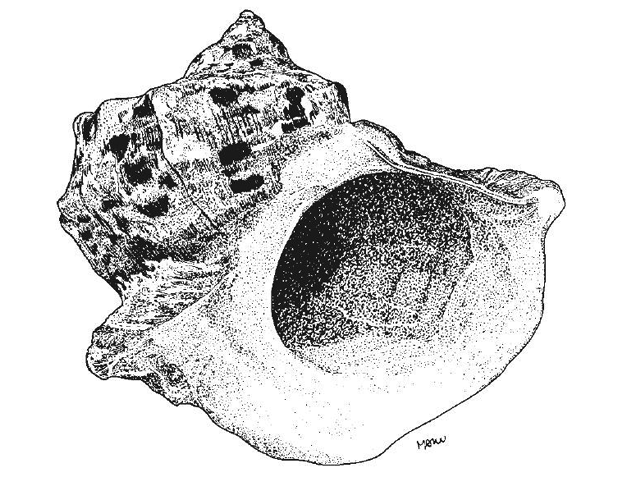| Turbinidae (Turban shells) |
| 22 cm SHL (male/unsexed) |
|
benthic; marine; depth range 1 - 30 m |
| Indo-Pacific: from East Africa, to eastern Melanesia; north to southern Japan and south to northern Queensland and Fiji Islands. Successfully introduced in French Polynesia in the 1960s. |
|
|
| Extensively used for food, shell jewelry, inlay, and button making. It is the most important commercial species of Turbinidae in the tropical Indo-West Pacific. Intensive fishing for the mother-of-pearl trade has drastically reduced many turban populations in recent years. In order to protect existing resources and to increase the possibilities of long-term exploitations, attempts of juvenile production, reintroduction, translocation, and commercial legislation are under way in the area (Ref. 349). Maximum depth from Ref. 75835. In subtidal, coral reef areas open to a constant flow of clean oceanic water. Juveniles mainly living on reef crests; adults also occurring deeper on slopes to about 20 m or more (Ref. 349). Found at depths of 10 to 30 m, on rocks (Ref. 75835). Primarily herbivorous, with few small animals eaten that are associated with the assemblage of algae (Ref. 105749). |
|
Not Evaluated (N.E.) Ref. 123251)
|
| harmless |
|
Source and more info: www.sealifebase.org. For personal, classroom, and other internal use only. Not for publication.

